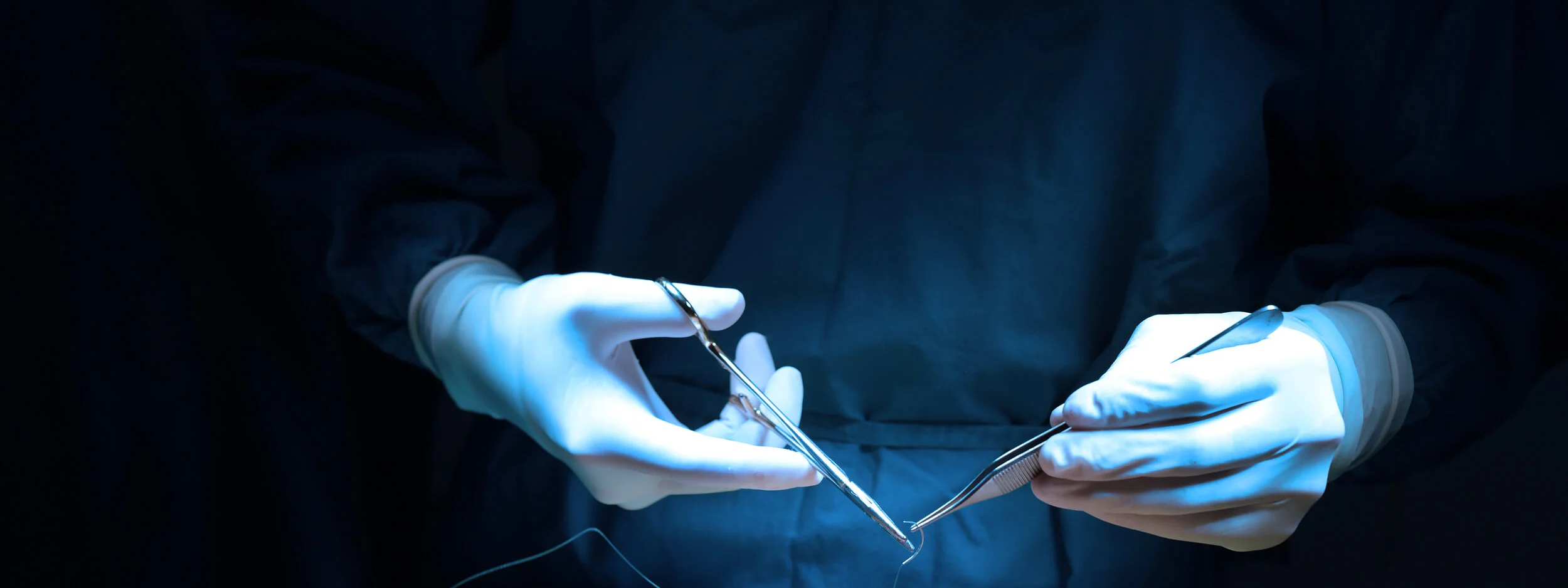Epidermoid and Pilar Cysts
These are very common conditions of the skin that can be simply treated.
What are epidermoid and pilar cysts?
Epidermoid and pilar cysts are commonly referred to as 'sebaceous cysts'. These are smooth round lumps which you can see and feel just beneath the skin surface. They are very common.
· Epidermoid cysts can affect anyone but are most common in young and middle-aged adults. They can appear anywhere on the skin but develop most commonly on the face, neck, chest, upper back and sometimes on the scrotum.
· Pilar cysts can affect anyone but are most common in middle-aged women. They can appear anywhere on the skin but develop most commonly on the scalp. It is common for several to develop at the same time on the scalp.
What causes a sebaceous cyst?
They are overgrowths of skin cells (called keratin) held together in a little capsule, or sac.
An epidermoid cyst is a cyst where the cyst sac forms from cells that normally occur on the top layer of the skin (the epidermis).
A pilar cyst is a cyst where the cyst sac forms from cells similar to those that are in the bottom of hair follicles (where hairs grow from).
Pilar cysts on the scalp can be hereditary and run in families, although this is rare.
What are the symptoms of a sebaceous cyst?
These cysts usually grow slowly over many months to become a few centimetres in diameter. Most are asymptomatic or cause cosmetic problem. They are sometimes get caught and cause pain when combing hair or putting on clothes.
· If they become infected, the cst will become red, inflamed and painful. A course of antibiotics will usually clear an infection if it occurs. Sometimes they settle down even without antibiotics.
· The cyst may leak cheese-like material on to the skin if the cyst is punctured or damaged.
· A little horn may grow on the skin over the cyst.
· A cyst may form in an uncomfortable place such as in the genital skin or beside a nail.
How is a sebaceous cyst diagnosed?
It is diagnosed by examination and by taking a history.
How are sebaceous cysts treated?
They are not cancerous and do not require removal unless they are bothering you. Your doctor may give you an antibiotic if your cyst becomes infected.
Both types of cyst are easy to remove under a local anaesthetic or occasionally a general anaesthetic. Reasons for this would include:
1. If the cyst is unsightly and easily seen by others.
2. If it interferes with everyday life, for example by catching on your comb.
3. If the cyst becomes infected.
It is important that the doctor removes the whole of the lining during the operation (and doesn’t just cut into it to remove the contents), as doing so cuts down the chance of the cyst growing back.


